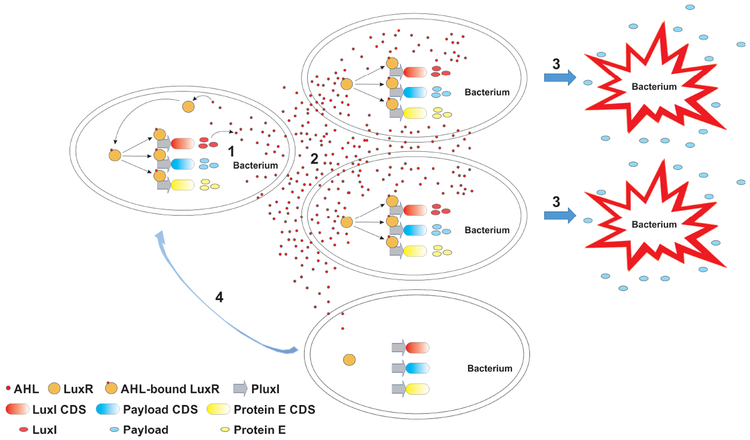Fig. 3. Gene circuit for a transcriptional program regulating bacterial activities at the population level.
Illustrated is an example of a sophisticated gene circuit for a transcriptional program enabling synchronized population control and therapeutic payload release in repeated cycles. (1) The AHL-bound transcription factor LuxR interacts with and activates promoter PluxI that drives the expression of (from top to bottom) the AHL synthase LuxI to establish a positive feedback loop, the therapeutic payload, and the bacteriophage φX174 protein E to lyse the bacteria. CDS, coding sequence. (2) The AHL signaling molecules diffuse freely across the cell membranes, enabling synchronization of neighboring bacterial cells in the population for a concerted action. At low densities of the bacterial population, AHL molecules diffuse predominately out of bacterial cells, leaving the gene circuit inactive. Increased population density allows AHL molecules inside the majority of the bacterial cells to accumulate and reach a threshold concentration required to activate the gene circuit. (3) Synchronized activation of the transcriptional program leads to simultaneous lysis of bacterial cells in the population by protein E as well as a burst of therapeutic payload release. (4) The small number of bacteria surviving the lysis repopulate and kick off another cycle of lysis and payload release.

